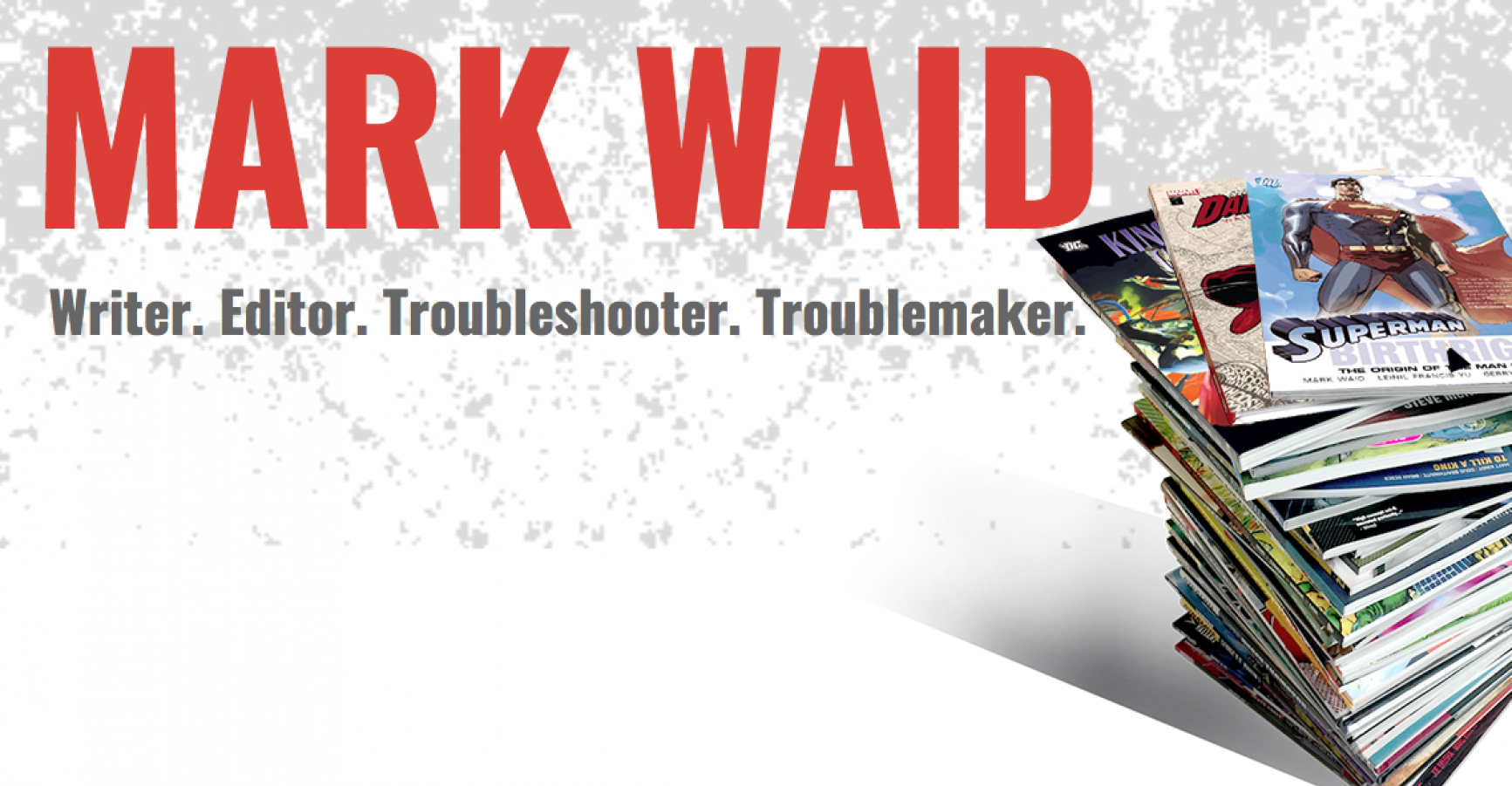One of the earliest decisions made regarding THRILLBENT was that it would feature serialized stories. That seemed like a no-brainer; after all, I’ve been writing serial fiction all my adult life. Easy transition, right?
Ha.
When it comes to story installments, all my storytelling rhythms are set to comics’ standard 20-22 pages. Yes, I can write much shorter (or longer) one-off stories–but in my entire career, I’ve never taken up the challenge of serializing a story in bite-size pieces, and the secret to it eluded me until I finished Chapter Three of Insufferable.
See, there are several factors that came into play when artist and co-creator Pete Krause and I decided on format and frequency for Insufferable. On the one hand, we want to give you as much story per visit as possible, so we decided weekly was better than daily. Gag strips can do dailies. For adventure strips, I think the reader is less inclined to come back every single day than s/he is to just wait until s/he can read a bunch of unread strips in one sitting, so it’s not “appointment reading”–you don’t train your audience to come back every week at a specific day or time, which seems bad. YMMV, but that’s my belief. So, weekly, not daily. But how much story per week?
Pete–like most comics illustrators–can do about a page of comics a day, max (or, to put it in Thrillbent language, two screens a day–remember, as a GENERAL rule of thumb, each landscape-format screen of Insufferable equals about a half-page of print comics. GENERALLY). So that limits us to, realistically, no more than eight to ten screens per weekly chapter if we want not to fall behind on deadlines. That’s not a lot of real estate, but it’s enough to get some momentum and, in each chapter, deliver a setup and a payoff, a conflict and a resolution…somehow. So once we locked on about eight to ten screens a week, depending on where we were in the story, I had to go block scenes and events out to fit.
What a learning experience. Yeah, yeah…I know the giants of Sunday comics strips of yore like Hal Foster and Milton Caniff made it look easy, but for right or wrong, we don’t do comics like that anymore. Still, those two in particular remained my north star and reference point–less in style than in what they were able to accomplish in small spaces.
In time–around the end of Insufferable, chapter three–I accidentally figured out the key to short chapters when I typed the last line, and it’s now advice I give to other creators who are developing for Thrillbent: end each installment by asking a question. Not necessarily a literal question (although that’s how chapter three ended), but just end on whatever beat makes the reader’s next thought a very frantic “Wait, WHAT?” and their next thought “I NEED TO KNOW!” Have a character drop an evocative bombshell of information. Let the reader in on the fact that there’s some mystery at play that he hasn’t yet realized. Have someone do something totally unexpected or make some crazy, unpredictable choice. There are a bunch of ways to go. But end on a question. After all, a question mark looks an awful lot like a hook….
